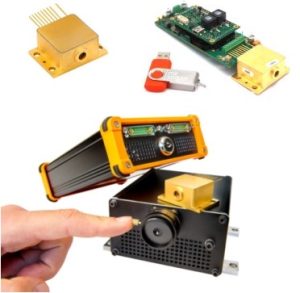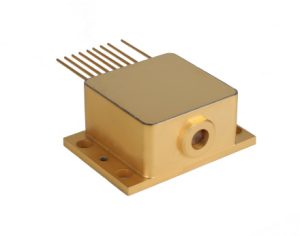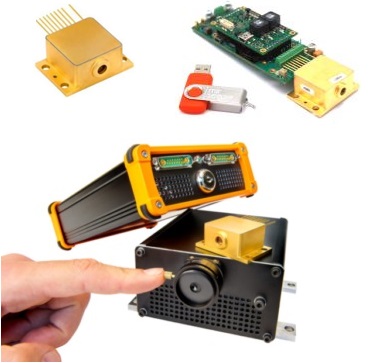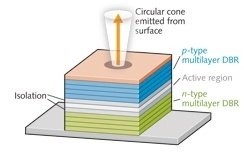The Quantum Cascade Lasers We Offer:

Wide Wavelength Range MWIR-LWIR for Advanced Applications
-
- Broad wavelength range from ≈4-17µm for gas sensing, spectroscopy, defense apps & more
- PowewrMir line provides high-power output, with tunable wavelength capabilities
- UniMir delivers narrow linewidth, and precision output, providing enhanced sensitivity

Innovative Technology with High Performance
-
- InP- & InAs-based technologies – high efficiency/energy output for CW/pulsed operation
- High-power, excellent thermal & optical stability w/ precise DFB wavelength control
- Integrated TEC cooling for efficient thermal management and stability

Customizable, Compact Designs for Industrial and Defense Applications
-
- HHL, OEM, or turnkey integration options
- Compact and lightweight designs support portable applications
- Hermetically sealed packages & fiber coupling ensure long-term reliability/ease of integration
For nearly 30 years, RPMC’s selection of Quantum Cascade Lasers has set the standard for affordable precision across a wide range of applications, from defense to medical, industrial, and research with 1000’s of successful units in the field. We understand that every application has unique requirements, which is why our configurable platforms are designed to offer the perfect fit for your needs. As your partner, we’re here to guide you through the selection process, ensuring that your QCL laser integrates seamlessly into your existing systems. With time-tested technology that balances power and precision, we’re committed to supporting your success every step of the way.
| Picture | Part Number | Wavelength (nm) | Description | Type |
|---|---|---|---|---|

|
PowerMir | 4000, 4600, 4800, 9400 | Quantum Cascade Laser (QCL), Spectrally Multimode, QCW, 4-9µm, up to 1.5W | LD Module, Single Emitter, QCL, Turn-Key System |

|
UniMir | Multiple Wavelength Options | Quantum Cascade Laser (QCL), Wavelength Stabilized, 10-17um, up to 20mW | LD Module, Single Emitter, QCL, DFB, Narrow Linewidth |

 SHIPS TODAY
SHIPS TODAY 

